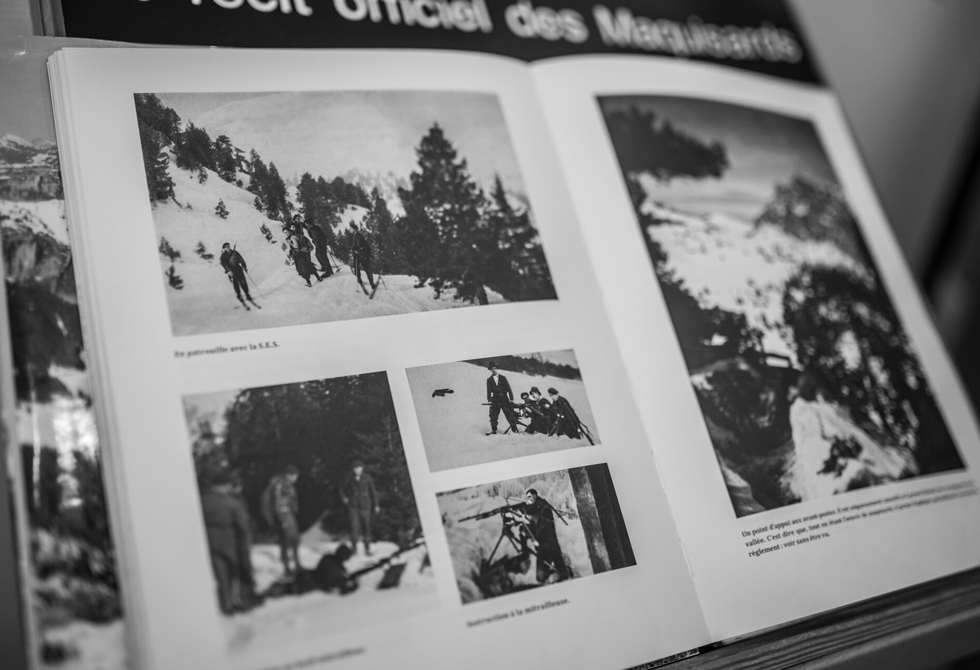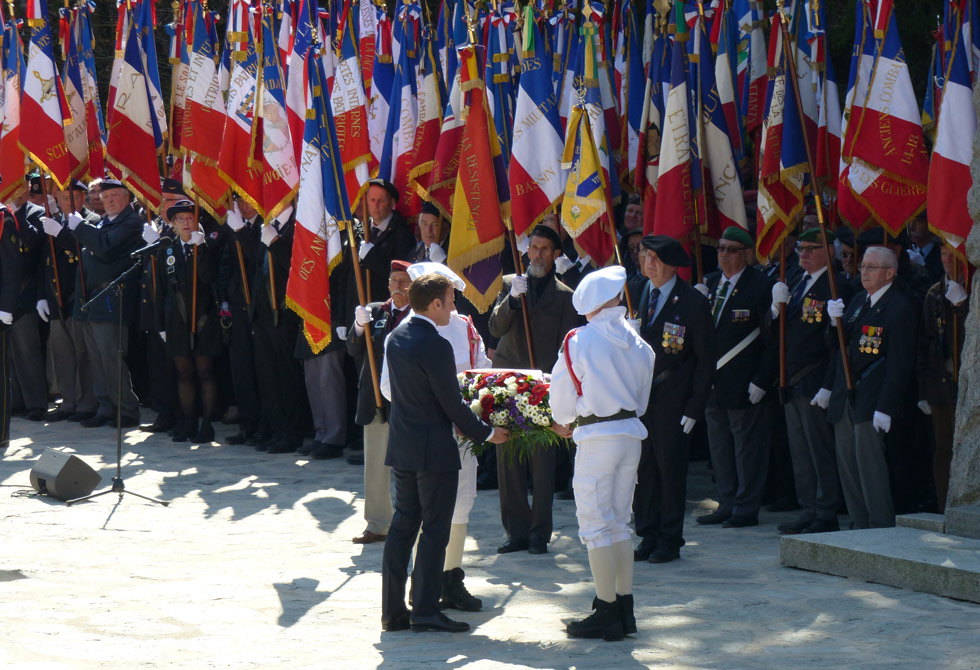
Once upon a time
80th anniversary of the Battle of Glières
celebrating freedomCertain anniversaries simply resonate in light of current events.
One that we soon plan to celebrate marks 80 years since the Battle of Glières, and represents a time for homage and remembrance that resonates everywhere and spans generations.
Through this celebration, we honor every act of resistance here and abroad, from the past through today.
A bit of history
Glières Plateau figures among those places full of history, an area that exemplifies the values of the resistance.
Eighty years after the fierce fighting that took place during the winter of 1944, the memory of the events of the World War II are still just as fresh. For more than two months, at 1440 meters elevation, in Arctic conditions, 465 Maquisard resistance fighters, serving under the command of Tom Morel and Captain Maurice Anjot, valiantly fought German forces while pushing back the Vichy government’s repressive militia.
During the Wermacht assault, 129 resistance fighters and 20 civilians perished, either shot or deported, but their fight was not in vain. A few months later, in August 1944, the fate of the Haute-Savoie took a turn for the better, becoming the first area in France that the Resistance freed from occupation.

© Téo Jaffre / History through photos at the "Memoire du Maquis" visitor center
For posterity
In November 1944, when visiting Morette Cemetery, now Glières National Cemetery, where most of the fallen Maquisard resistance fighters are buried, General De Gaulle, “Thanks to Glières, I obtained a major airdrops for the Resistance.”
Since then, presidents, prime ministers, and politicians have traveled to visit Glières Plateau and Morette to visit the National Resistance Monument and the National Cemetery respectively. A true pilgrimage site, they ensure that the motto of the Maquisards resistance fighters, “Live free or die,” remains alive to this day.

© J. Douchet / The president of France visiting Morette
This is why, every year, the valley pays tribute to those who gave their lives during such troubled times.
This year, the ceremony to commemorate the 80th anniversary of the battle of Glières will take place on Sunday, April 7, at Glières National Cemetery in Morrette, located between the towns of Balme-de-Thuy and Thônes, where more than 500 school kids will actively participate in the events.
In addition, every township around Glières Plateau will organize their own ceremonies to honor the Maquisards resistance fighters who died during the fighting (Glières-Val-de-Borne, Thônes, La Balme-de-Thuy, Alex, Dingy-Saint-Clair, Nâves-Parmelan, Thorens-Glières).
In their memory
For March 2024, the non-profit organization “Association des Glières“ plans to keep the memory alive by shining a bright light on the future in addition to honoring the past.
Passing down the spirit of the resistance, maintaining the memory of those who died for freedom, teaching history, and sharing its valuable lessons all figure among the non-profit’s roles. The anniversary of the battle of Glières offers the perfect opportunity to revive these memories in each and every one of us, especially with the next generation.

© J. Douchet / The next generation paying homage at Glières National Cemetery
Gérard Métral, president of Association des Glières, explains, “Today, with war at Europe’s doorstep, and today’s society plagued by so many questions about the future, the Maquisards resistance fighters remain great example of social cohesion, a foundation upon which we can build a bright future. On this plateau pelted by fierce winter winds, facing Vichy forces and the German army, the Maquisards resistance fighters became the “Glières Battalion”. The social and economic differences between the fighters did not matter. They were no longer laborers, teachers, farmers or students. They were not Catholic, Jewish, or communist. They were not Austrian, Spanish, French, Italian, Polish, or even German or Russian. They found their dignity and defended the freedom they were fighting for. They became brothers in arms.”
For the future
Remembering these important events, these courageous stories, serves to protect future generations.
Through today, Glières is still a powerful symbol, a beacon for others to follow, to believe in. Morette and the plateau represent more than a memorial site, they question the present and light the way to the future. This is why schools in the area study the subject well before the event. “Glères offers a great lesson for future generations to learn about what it means to ‘live together’- a great civic education for the next generation. And this is the reason that commemorating also means offering a glimpse into a brighter, more humane future,” Gérard Métral explains.

© J. Douchet / Glières, still a powerful symbol
The non-profit organization, Association des Glières, through a partnership established with France’s national education authority, has put together an entire program of educational presentations for local schools.
Every year in June, the non-profit works with the Haute-Savoie council to organize Glières-themed interpretive walks during which 2500 elementary school students follow in the footsteps of the Maquisards resistance fighters to Glières Plateau and the National Resistance Monument designed by Emile Gilioli and inaugurated in 1973 by André Malraux.
Sometime between now and the end of the year a graphic novel telling the story of Glières Plateau and the Maquisards resistance fighters will be published, building greater awareness about the important events from eighty years ago. This is one creative way to spread the idea that “the verb resist should always be used in the present tense,” to quote the historic words of Lucie Aubrac.
Another story
Copyright:
- © Monica Dalmasso
Journalist: Gaëlle Tagliabue
Translation: Darin Reisman
